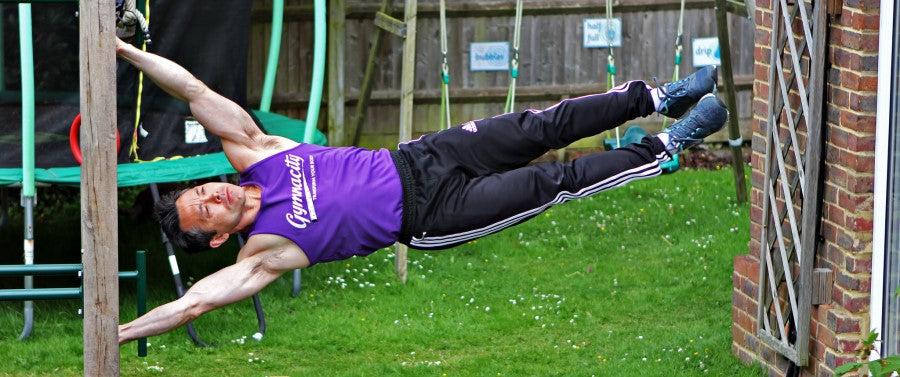
Synthetic Ice is The Way of the Future
As the world continues to catapult higher into the digital age of computers and artificial intelligence, the rest of the industries out there are following along. For hundreds of years ice skaters and hockey players have preferred the traditional ice skating rinks that were made out of true blue frozen water, but the way things are moving along in the modern world, ice rinks might be a thing of the past and synthetic ice will be the new ice skating king.
The Problem With Ice Rinks
Most people are already aware that ice is nothing more than an accumulation of frozen water. As long as the ambient temperature that surrounds the frozen water stays below a freezing temperature, the ice will be solid and ready to skate on. The moment that the temperature drops below freezing, is the moment that the ice slowly begins to convert back to water.
In order for the ice to remain ice the whole area that it is housed in needs to be kept at a low temperature. If it is not freezing in the air around the building that is keeping the ice frozen, the ice will begin to melt. The entire building that the ice is house in needs to be kept at lower temperatures. If it is over 100 degrees outside, it is impossible to keep the temperature down below freezing without using a high-powered cooling system to keep everything nice and cold. In most cases, the energy that it takes to run an air conditioner of the caliber is very high. Not to mention the harmful vapors that come from the overworked cooling system.
Although there are many different arguments around the facts about real ice and the way that it has to be cared for, one thing that does stand true. Water has to be kept frozen in order to be an effective ice rink.
Enter Synthetic Ice

Many years ago, back in the 1960s a group of developers got together and manufactured the first instance of synthetic ice. They called it artificial ice a few times in the beginning, but the term synthetic has earned its keep in the industry.
At first, the ice panels were crude and hard to skate on. Whenever the skaters were skating on it workers had to constantly administer a gliding agent that was made out of a silicone base. As long as the flooring had the lubricant on it, it was slippery enough for skaters to skate on. However, the silicone left a less-than-pleasant residue on the surface of the flooring that caused problems for the skaters. The residue had to be removed and scraped off over and over again in order to allow skaters to skate.
As time went by, developers were able to use science and molecular discoveries to create different types of plastics that were hand-crafted to deliver a specific type of plastic product. With the help of polymers and a bunch of smart people, developers were able to create a type of synthetic ice that mimicked real ice in the way that it would deliver its own lubricant from the compounds that were infused with the plastic in the process of manufacturing. Since the lubricant can be bonded inside of the plastic and infused with the material, it can be brought to the surface when skaters skate across it. This works much like melted ice does in order to deliver a natural lubricant for the skaters.
Conclusion
Although there still is a long way in the journey towards eliminating real ice rinks for good, synthetic ice is coming along. One day the developers will create a type of ice flooring that is so exactly like real ice, there will be no need for natural ice hockey flooring and the rinks will no longer need exuberant amounts of energy to stay in business.
***Sniper’s Edge Hockey loves Canada! We proudly ship all of our products to Canada and offer the same return policies as we do for everybody else. We realize the exchange rates for the Canadian dollar are not the best right now, so we’re trying to help by giving you free shipping and no customs/duty.***



